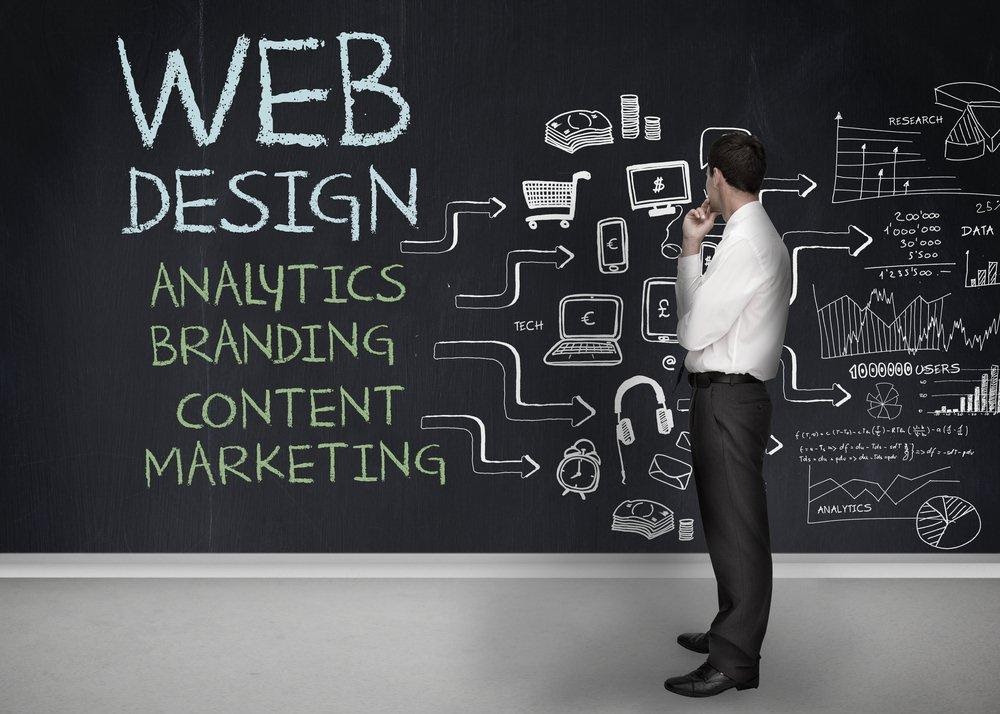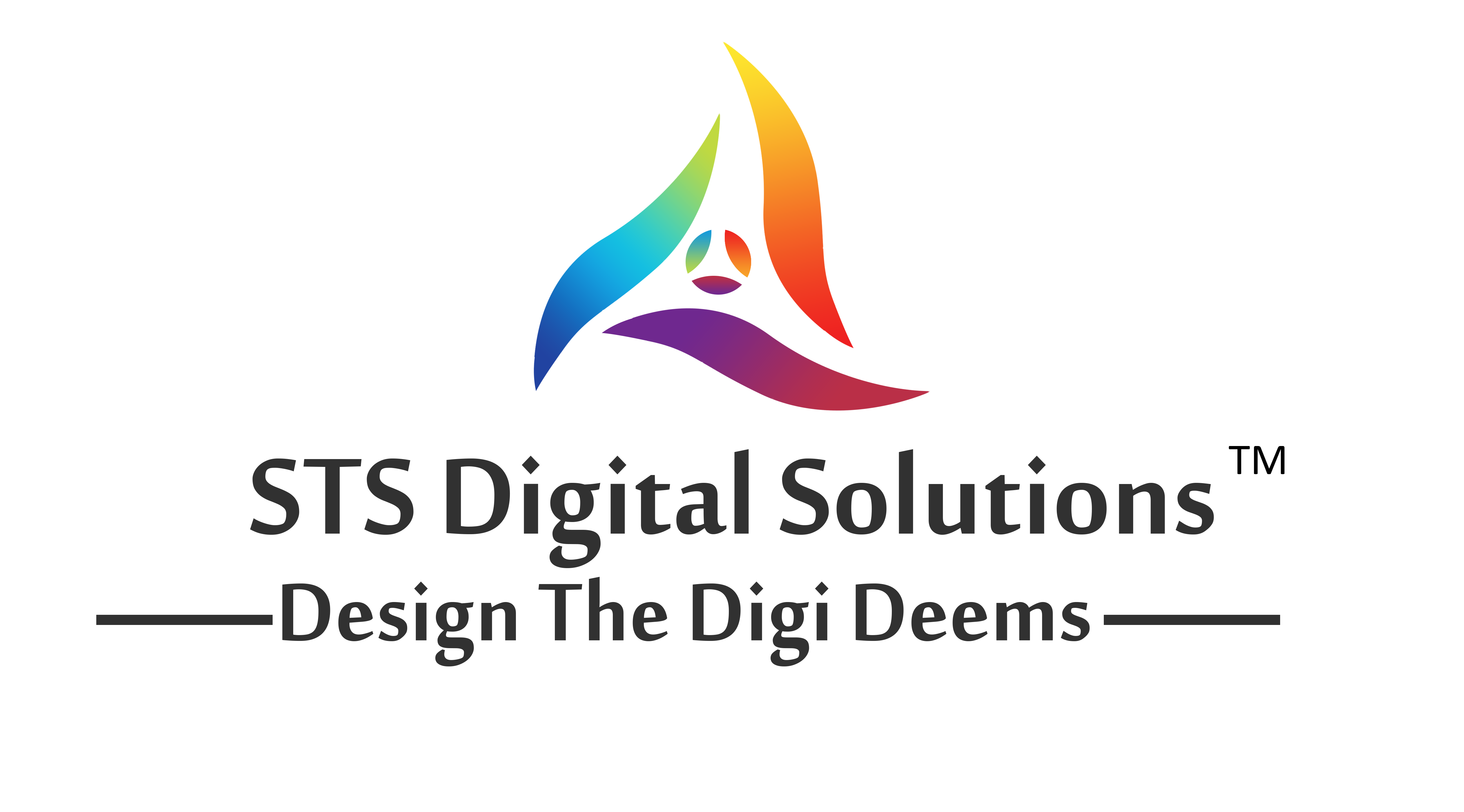
Top 10 Ways To Make Your Website More Effective [2021]
The importance of business websites is now a well-established fact. But not all websites are easy to use. Most sites lose their most important visitors a few seconds after visiting their web pages. They find many obstacles when searching for information from these web pages. So, without wasting their time, visitors move to other sites to get a better user experience.
However, ever-changing digital styles can make your website sound old and out of date. While sometimes reconstruction can be good, you may not have the time or money to invest in such a large project. To help you overcome this challenge, we have compiled a list of 10 simple ways you can improve your website to make it more useful.
1. Listen to Your Users
Take the time to ask your regular visitors if they would like to see you on your page. Getting input directly from your target audience will allow you to find things that you may not see on your own. Users often know exactly what they don’t like about a website. It is your responsibility to turn those comments into positives by correcting any features that your visitors may not like.
If you place the user in the context of your design and content, your site will automatically be user-friendly. Over the past few years, ESPN.com has requested input from their regular visitors on what they should add to the reconstruction of their homepage. They listened, added a lot of what was said, and saw a 35% increase in revenue. Notice how their design incorporates the things a person who comes to the page might want the most.
2. Create a Simple Navigation Scheme
Navigation is probably the most critical aspect of an easy-to-use website. Users should get the information they want in a second. They should be wandering around your web pages without much effort. If you have to pause to look for buttons and links to move them to the information you want, then reset the navigation system.
Check the structure of your webpage for common navigation errors. Make sure users get navigation features at a glance. Menu bars should appear immediately. If there are old acronyms in the navigational menu, delete. You may think that abbreviations and acronyms will be recognized, but this is not the case.
Remove multiple layers, if any, from the navigation menu. Many sites have sub-menu layers. That is a bad user experience. Users should not have gone through many such layers before accessing the information.
Having a search box is important for a site as it offers great navigation features. Users just need to type a keyword in the box to get the details without going to other pages manually.

3. Use White Space
More than once I have heard clients complain that there is too much white space on their site and that this unused site should be used to advertise some of their services. Still, white space is essential to good construction. The white space makes your content more readable over time and empowers the user to focus on the things around the text.
According to Crazy Egg, the white space around text and headlines increases user attention by 20%. White space can also make your website feel more open, youthful, and modern and if branding goes hand in hand with this it can help you communicate that feeling to the user. The other bad thing about white space that you have to remember, however, is that it takes up space.
4. Attractive Visual Designs
To have an attractive layout, choose a website design that will look familiar to your targeted users. For example, the formation of two or three columns is common. Having a column on the other side, either left or right, on each page makes the presentation complete and consistent.
A good user interface is also the key to providing an easy-to-use website. Additionally, make sure that your corporate identity is reflected in your color scheme while at the same time making sure that the background color you choose matches your font type. For specific guidelines on the use of fonts, please read the article "12 Tips for Typing for Good Website Use". Otherwise, visitors will not be able to read your content and will move to another site.
5. Improve Loading Speed
User friendships start before your visitor arrives on your site and starts with how quickly your site loads on their device. If so, you start well. If not, you will need to consider that if it takes more than a few seconds to load, you lose about half of your visitors (and sales).
Slow upload sites are not usable at all. They are a burden, especially if the user needs to browse a few pages and each takes years to appear. Most users will leave the site immediately and go elsewhere - many will not even wait for the first-page loading.
6. Make Navigation Visible
When a visitor stays on a website, they often look at the navigation bar to familiarize themselves with the page. The navigation bar is important because it follows the site visitor throughout its visit to your site and serves as a return tool on the landing page.
At the same time, you need to limit the number of sections in your navigation bar, so that they do not overlap - you should also place them in the same location on each page. Do A / B testing with your bar, try slightly different positions, tab layouts, and names. This will tell you what users like and what works best for your site.
7. Confirm Instant Upload
An important factor in determining the success of a website is the loading time. When people click on your site link, the site should be visible immediately. If it takes more time to load, users will leave the site. Studies have shown that people leave a website if it takes more than ten seconds to load as the user's attention span decreases rapidly.
To have a quick upload site, delete all those extras that no longer work. Too many videos and multimedia will slow down your site. Many websites have additional features that enable site pages to survive an obstacle to building an easy-to-use site.
8. Use attractive calls to action
Your customers are more likely to follow visual cues to determine which content is most important to them. Calls to Actions (CTAs) that are marked with the action name enable the users of your website to easily navigate your site and find exactly what they are looking for in the area they expect to find.
When designing buttons for your website you should consider color and color psychology. In a study conducted by Maxymiser, researchers were shocked to discover that they had gained an 11% increase in clicks on the page of Laura Ashley's website, by examining color differences and texting in action. Different colors evoke different messages. Think about the message you want to convey to the user (trust, knowledge, intelligence) and choose your colors wisely.
9. Fast Upload Time
Visitors are impatient and will not wait for the slow-moving site. You will be surprised to hear that in the US, of the 74% of households with internet access, 6% still use dial-up. Similarly, in the UK, for 85% of households with internet connections, the percentage of dial-up connections is only 17%. Therefore, it is compulsory to check the time it takes for your website to load, using emulators set up for a 56K internet connection. There are many ways to speed up your website and most of these emulators will tell you how to do it. Other common recommendations include compression of HTML, CSS, and JavaScript files and the use of small-sized images.
10. Give clear instructions
While it may sound obvious, some websites do not give clear instructions to their visitors about what to do next. This may prevent customers from adding something to the shopping cart or check may leave them unable to provide feedback or start an online conversation, or may stop them from navigating to another part of the website.
When visitors feel lost, confused, or unable to take action, they leave. Giving them clear instructions helps to prevent this. This can be done by simply placing information on the page - usually in the form of a Call to Action - such as 'Add to Cart', 'Go to Checkout' or 'Click here to chat with customer service'.


